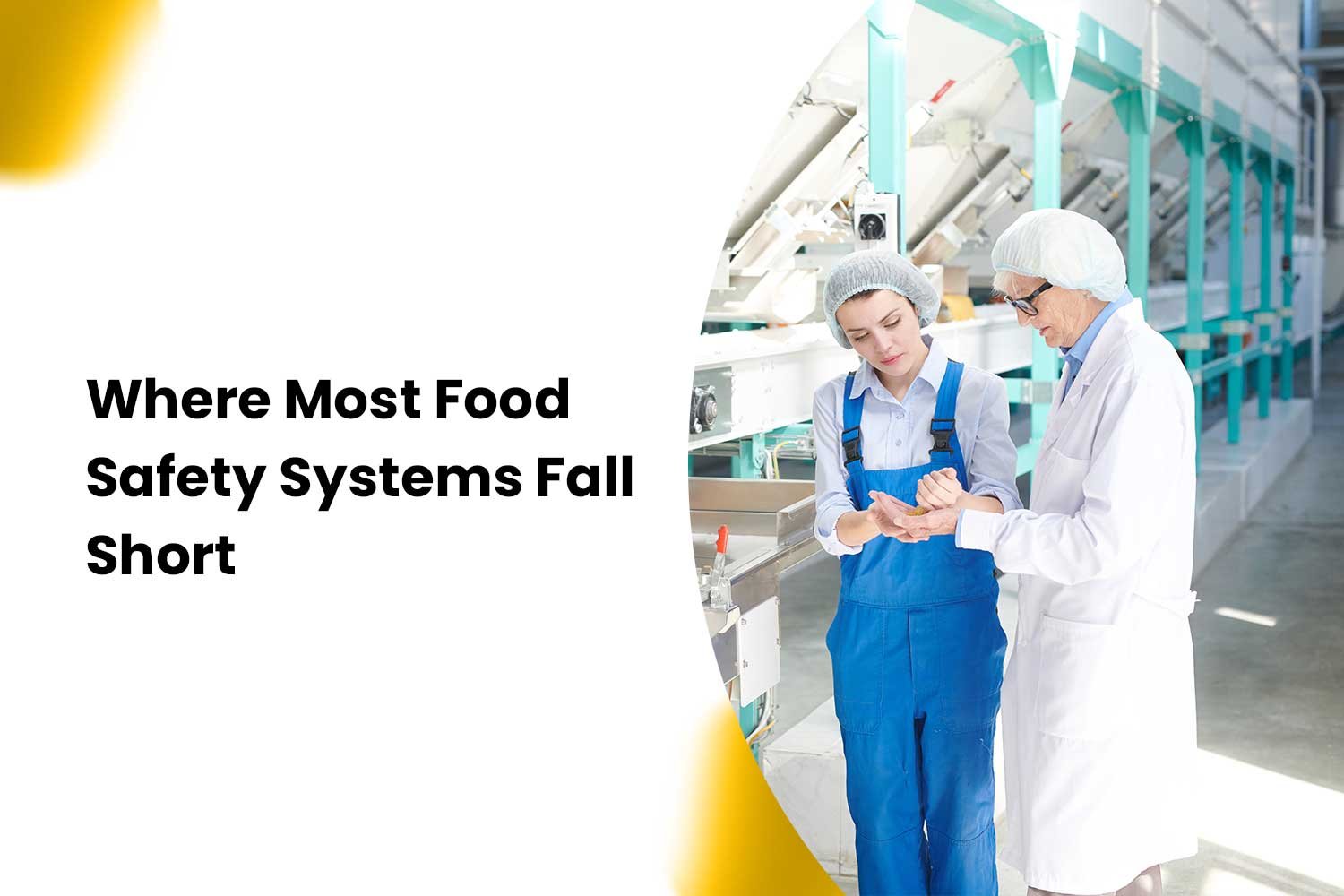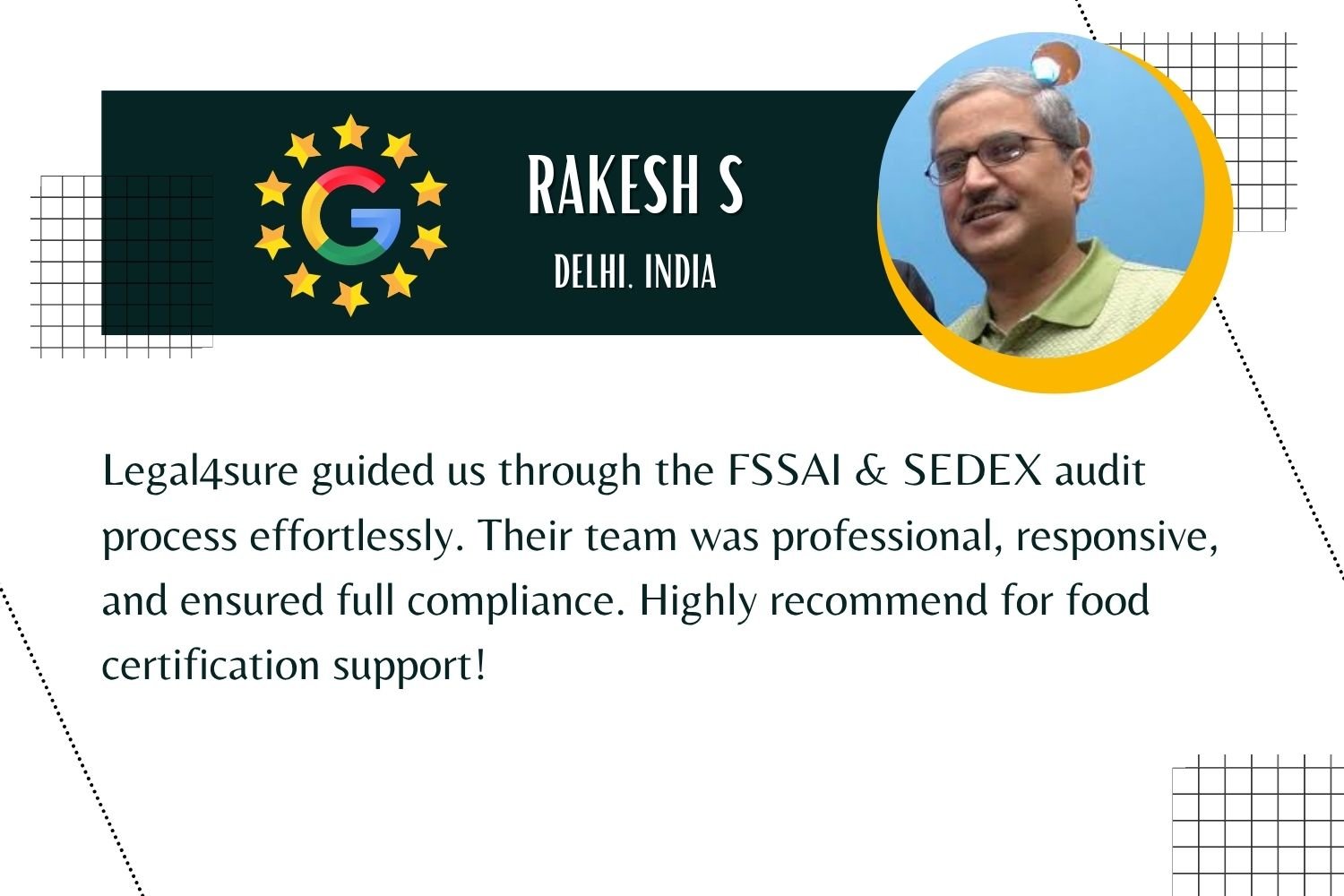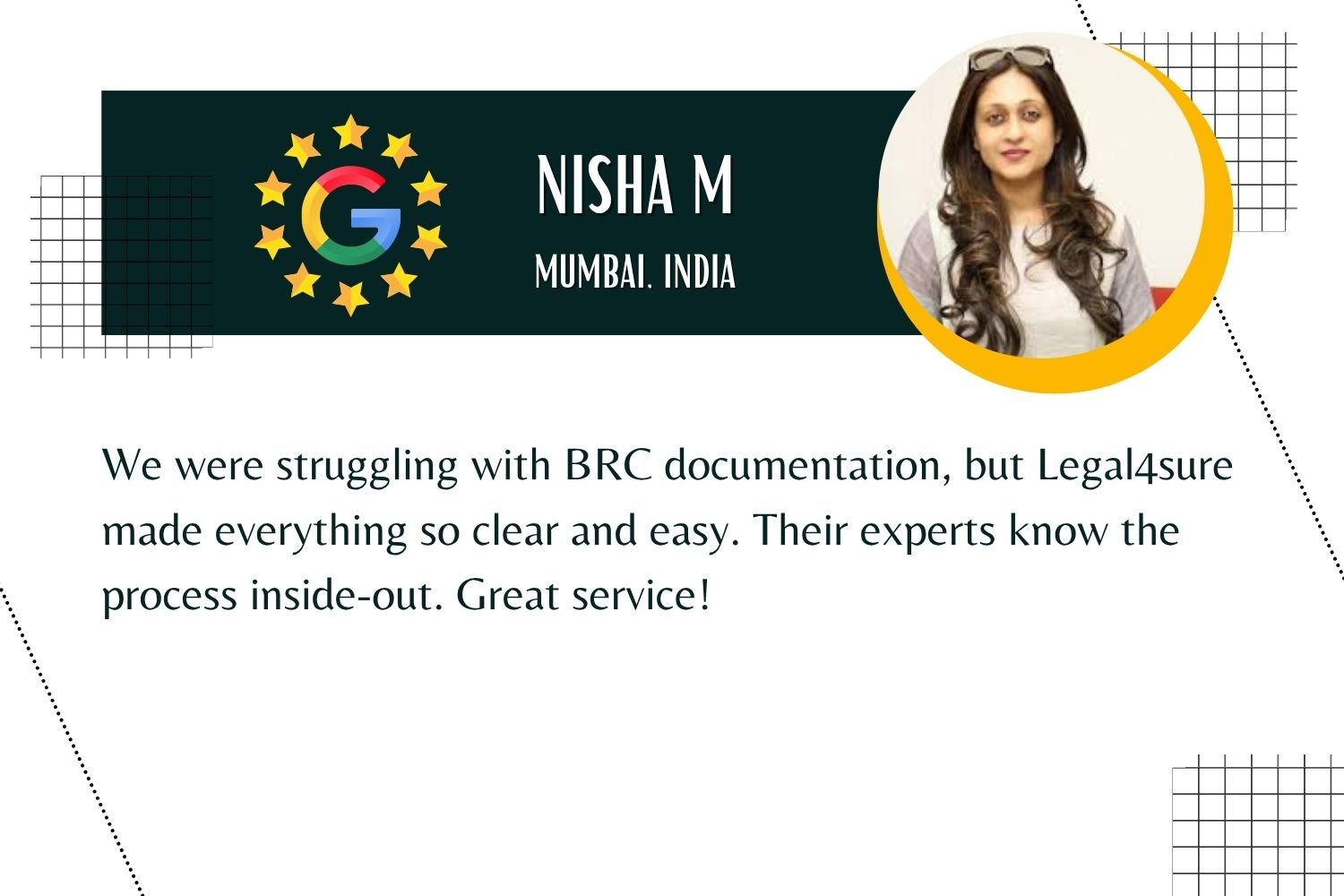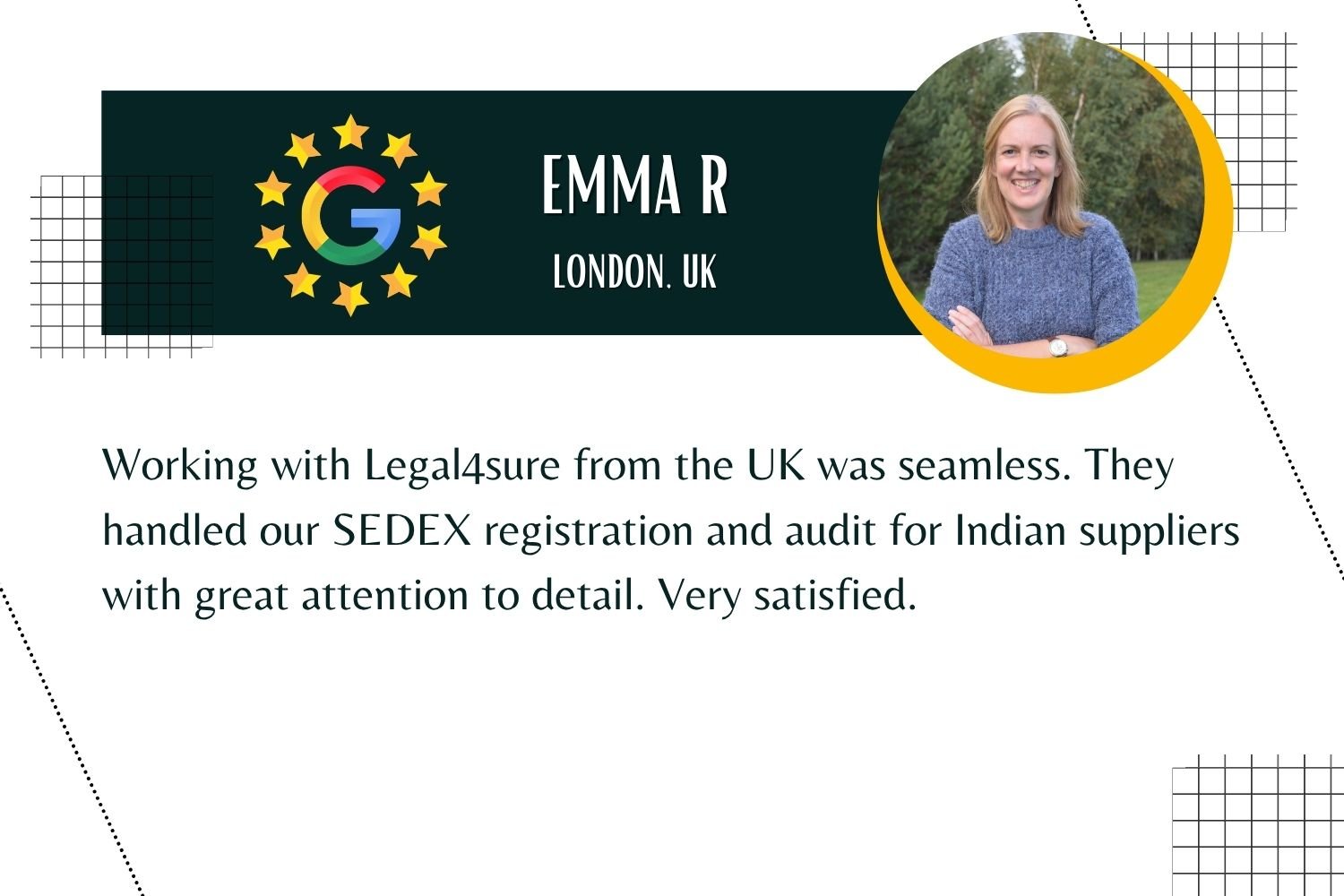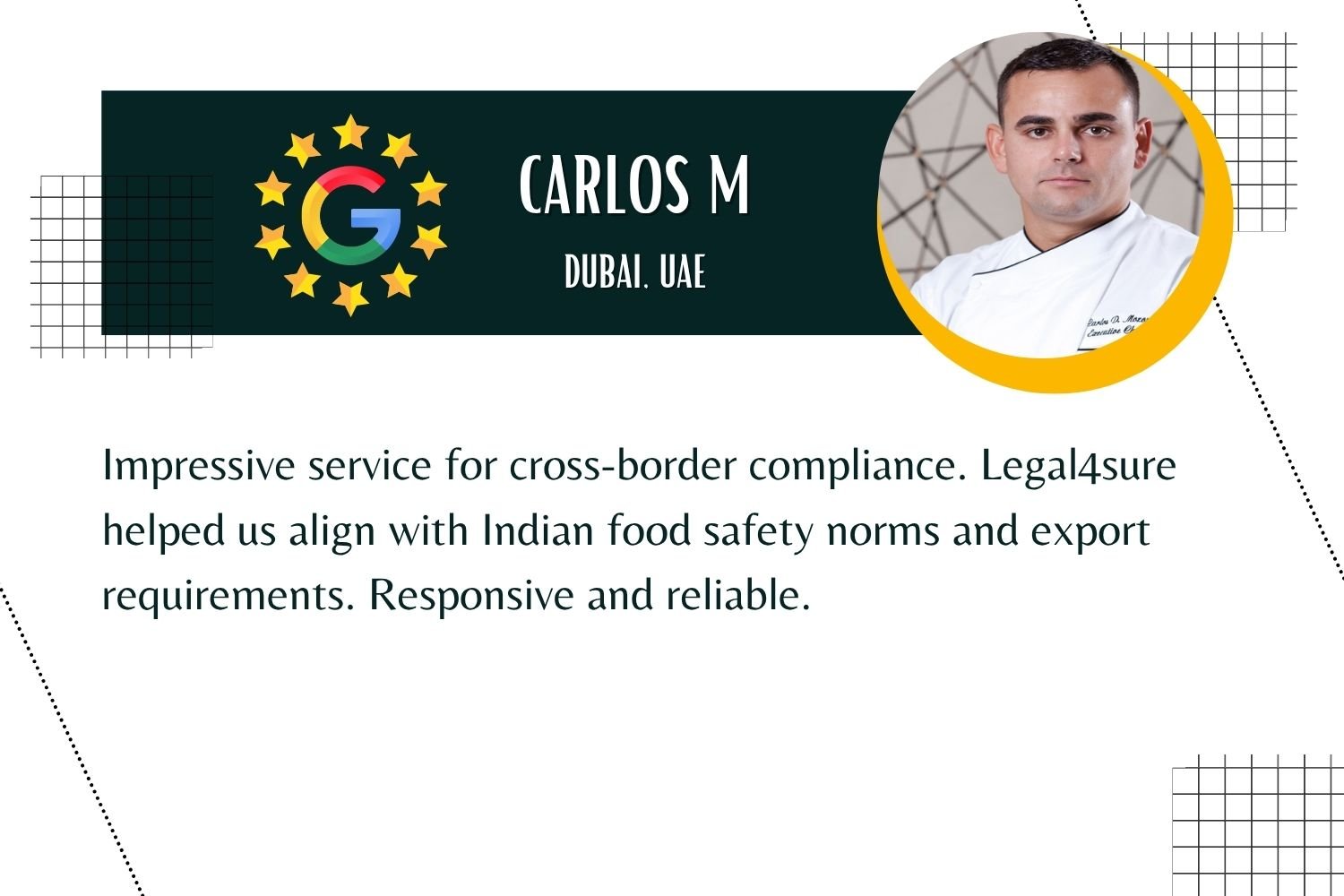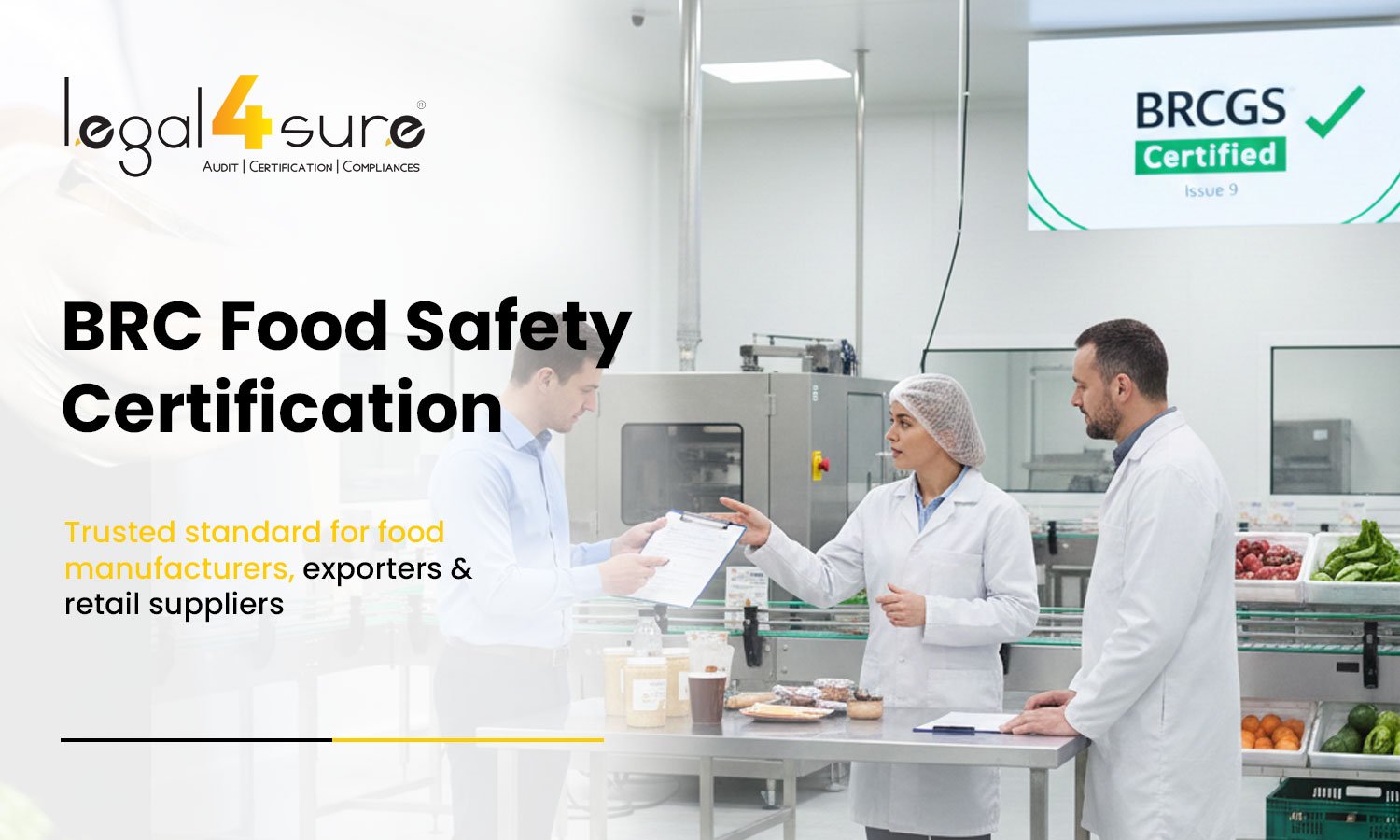First, get familiar with the most common non-conformities found in FSSC 22000 if your business is getting ready for an FSSC 22000 V6 audit. These are warning signs that there may be a problem with your food safety system, which could result in wasted time, additional expenses, or even legal issues.
This blog is about more than simply ticking off audit checklists. It’s here to teach you about the true causes of audit problems, how auditors see your system, and what you can do to address issues before they get out of hand.
Where Most Food Safety Systems Fall Short
In a nutshell, the non-conformities found in FSSC 22000 V6 Audits frequently originate from a single underlying cause: a lack of uniformity. Systems can be documented but not put into practice. Even if there are procedures, they may be outdated or poorly followed. And that disconnect? That’s what gets flagged.
What are the Non-Conformities Found in FSSC 22000 V6 Audits?
1. Incomplete or erroneous hazard analysis
Your HACCP strategy needs to be practical. Many facilities fail to recognize all possible hazards, particularly biological threats. Some people don’t understand CCPs or skip certain verification procedures.
2. Control measures that are poorly validated
The fact that you believe something is effective does not mean that you have demonstrated its effectiveness. That’s the gap. There is either no evidence to support the claim’s validity, or it is unscientific. solely in reaction
3. Poor handling of allergies
One cannot overstate the need for allergen control. Common sources of annoyance are unlabeled allergens, shared machinery, and the risk of cross-contamination. This is under close auditor supervision.
4. Insufficient examination of underlying causes
You must understand why something went wrong. The root cause, not just the surface issue A lot of places only address symptoms and don’t look into the underlying causes.
5. Inadequate records of corrective measures
Simply patching up the issue won’t solve it. You must demonstrate that you handled, recorded, and followed up on the situation. This is where individuals are caught, actions performed without leaving a paper trail.
6. Insufficient training
Training records are frequently missing or overly broad. Although everyone may have seen the food safety video, do they know their part in it? In addition to attendance, auditors seek evidence of competence.
Read more: Essential Sustainability And FSSC 22000
Major and Minor Non-Conformities in Food Safety: Know the Difference
Managing risk requires knowledge of the distinction between significant and minor Non-conformities in food safety.
Major Non-Conformities
These should not be taken lightly. A major sign of failure to meet a crucial requirement might be inadequate traceability or unverified CCPs. Until it is resolved, certification may be suspended.
Minor Non-Conformities
These are less serious, often caused by documentation gaps or specific incidents. But an excessive number of little issues could develop into a pattern that is cause for great worry.
What is considered a major non-conformity in FSSC 22000?
The following are a few actual instances:
- No proven method for controlling allergens
- There is not enough time to track the product.
- A severe failure occurred, but no root cause investigation was conducted.
It’s not just about what’s missing; it’s about the risk it creates.
How to Avoid FSSC 22000 Non-Conformities Without Guesswork
There is no need for a crystal ball to prevent typical problems. In order to maintain food safety, you must have discipline, a defined system, and a mentality of constant improvement.
The following is effective:
- Look at your system the way an outsider would
Conduct thorough internal audits. Don’t take anything for granted, don’t let familiarity cause you to miss anything.
- Keep your records clear, concise, and well-organized
Templates can be helpful, but only when the documentation is clear and relevant. Your policies should represent your company, not simply industry standards.
- Practice with intention, not simply adherence
Each member of the squad should know the reason for their actions. This encompasses, but is not restricted to, purchasing, maintenance staff, and temporary workers.
- Use CAPA as a tool, not just as a reaction.
Filling out a form is not a sign of a strong Corrective and Preventive Action (CAPA) system. It’s how you learn from your errors and avoid making them again.
- Collect input from the audience
Frequently, your line employees are aware of where problems arise before the paperwork does. Make use of that knowledge.
Tuning Up Your Food Safety Management System
The goal of FSSC 22000 is to establish a culture where food safety is an integrated part of the way you operate, not simply to meet regulatory standards. Your food safety management system should evolve with your process, not remain stagnant.
Here are a few things to keep in mind to keep it in line:
- Review your hazard analysis anytime you make changes to your equipment, suppliers, or products.
- Internal audits should be viewed as possibilities rather than duties.
- Bring leadership into line with food safety objectives; culture won’t change unless management is on board.
Non-conformities in FSSC 22000 V6 audits point to underlying issues.. It simply means, “Something is not working.” It’s wise not to be afraid of the audit and instead concentrate on making the system explain itself.
Read more: FSSC 22000 for food packaging
Why Continuous Improvement Matters More Than Ever
The best facilities don’t wait for an audit to uncover problems; they find and fix them early. They create feedback loops, investigate complaints, review results, and take action before small issues grow into big ones.
A single department cannot continuously enhance food safety; it is a mindset. One that emphasizes our capacity for and desire for continuous growth. The distinction between strong systems and those that are always attempting to catch up is as follows.
Ready to Close Your Compliance Gaps?
Having the right attitude, assets, and a sincere will to improve will help you confirm what truly counts at these times. Now is the time. Start tightening your systems right away; waiting until the day before the inspection is not an option.
Let Legal4sure guide you through FSSC 22000 V6 with expert support that prevents non-conformities before they happen. Talk to our compliance team today.
FAQs
1. What is the most typical non-compliance in FSSC 22000 V6 audits?
Weak risk analysis is a frequent problem in FSSC 22000 V6 audits. Many companies either disregard some of the hazards or fail to fairly evaluate whether their security measures really function. Non-conformities and food safety gaps become apparent here.
2. Does inadequate documentation always lead to a non-conformity?
Yes, particularly if it doesn’t precisely depict the events that are taking place on the floor. Depending on the danger they pose to food safety, missing, outdated, or ambiguous papers might result in minor or serious non-conformities.
3. How soon must a major non-conformity be corrected?
Usually within 28 calendar days. Objective evidence proving that the problem has been fixed and confirmed is required by certification organizations; if not, they may revoke certification until complete compliance is shown.
4. Why are internal audits critical to avoiding non-conformities?
Before your external auditor does, internal audits can help you find any gaps. All of these factors are critical to retaining certification because they enable them to evaluate system efficiency, identify flaws, ensure compliance, and foster ongoing improvement.


